Schools all over the United States have experienced a concerning rise in the number of school shootings. The increase of shooting statistics, according to officials, has reached a historic peak for the second year in a row.
Through 2000-2024, there have been 574 school shootings, 462 total deaths, and 844 wounded. The statistics from 2000 to more recent years show that the number has increased drastically over time. In the year 2000, there were 6 total shootings, resulting in 6 deaths. In the year 2024, there were 56 shootings, resulting in 28 deaths.
“In the 53 years leading up to May 2022, the number of annual school shootings increased more than 12 times,” said the American College of Surgeons in the article “Study Quantifies Dramatic Rise in School Shootings and Related Fatalities.”
On April 20, 1999, the town of Littleton, Colorado, experienced one of the most infamous school shootings in history. The attack was planned and carried out by two senior students, Eric Harris and Dylan Klebold. They had killed 13 people total, 12 students and one teacher, before taking their own lives in the school’s library. This shooting helped raise awareness for school shootings and change the landscape of school safety forever.
Between the years 2004 and 2005, there was a violent jump in numbers within one year. As of 2004, the statistics had three shootings, one death, and six wounded, and we see the increase as the 2005 statistics are 11 shootings, 13 dead, and 16 wounded.
On March 21, 2005, Red Lake, a small town in Minnesota, experienced the tragedy of a school shooting. The incident, carried out by 16-year-old Jeff Weise, resulted in 10 deaths, including his of. Weise had struggled with depression and had been hospitalized for suicide attempts in the past. Prior to the school shooting, he had murdered his grandfather and his grandfather’s girlfriend before coming to the local high school. Weise entered the school and opened fire, resulting in the death of a security guard, five students, and a teacher. Weise’s background helped bring light to mental health challenges among younger people and students.
One of the most tragic shootings happened on Dec. 14, 2012, at Sandy Hook Elementary School in Newtown, Connecticut. This horrific event changed life as we know it and went nationwide. The perpetrator, 20-year-old Adam Lanza, had killed his mother before driving to the school. Once inside the school, he took the lives of 20 children, ages six to seven, and killed six staff members.
On Feb. 14, 2018, one of the most widely known mass shootings occurred at Marjory Stoneman Douglas High School in Parkland, Florida. The shooter had an obsession with mass shootings and shared racist, sexist, antisemitic, xenophobic, and homophobic views throughout his whole life, even leading up to the shooting. A 19-year-old former student, by the name of Nikolas Cruz, opened fire at the school, killing 17 people: 14 students and three staff members, and leaving 17 people injured. This tragedy stands as one of the deadliest shootings in history.
The Uvalde shooting was not a singular act, but a part of a trend in school violence and shootings. On May 24, 2022, the city of Uvalde, Texas, experienced a devastating event at Robb Elementary School. Prior to the shooting, 18-year-old Salvador Ramos had shot his grandmother, who received medical attention and survived. After the crime, Ramos then took his grandmother’s truck and drove to a nearby elementary campus. Ramos had killed 19 students and two teachers, while injuring 17 others. The Uvalde shooting is the third deadliest shooting in United States history.
There are many opinions and theories about why the numbers have increased so drastically over the years. Some people focus on the gun laws and violence, while others focus on the mental state of the shooter. Everyone has their own approach and feelings about what affects these shooters and why they carry out these tragedies.
“These shootings make me think about my students and where they are mentally compared to where we were many years ago, when we didn’t have school shootings. They kind of make me question what has changed,” Kim Varga, a debate and communications teacher, said. “ I just think it’s a different set of morals. We have the decline of the family unit, a lot of families don’t have fathers or a lot of families are broken up, that’s a part of it, ” Varga said.
These shootings have impacted the lives of the victims’ families, students, teachers, children, parents, and everyone in society. People of any age have been affected by these tragedies, whether it’s through law, actions, mental health, children, jobs, or schools.
“I mean, as a teacher, it’s obviously something I have to worry about in a workplace I really shouldn’t have to, but more so as a parent because I do have many kids in school. I’m here so I can worry about myself if something happens, but what I can’t do is be where they are when something happens. So that is always something that’s in the back of my mind,” Troy Philips, a world history teacher at Klein Cain, said.



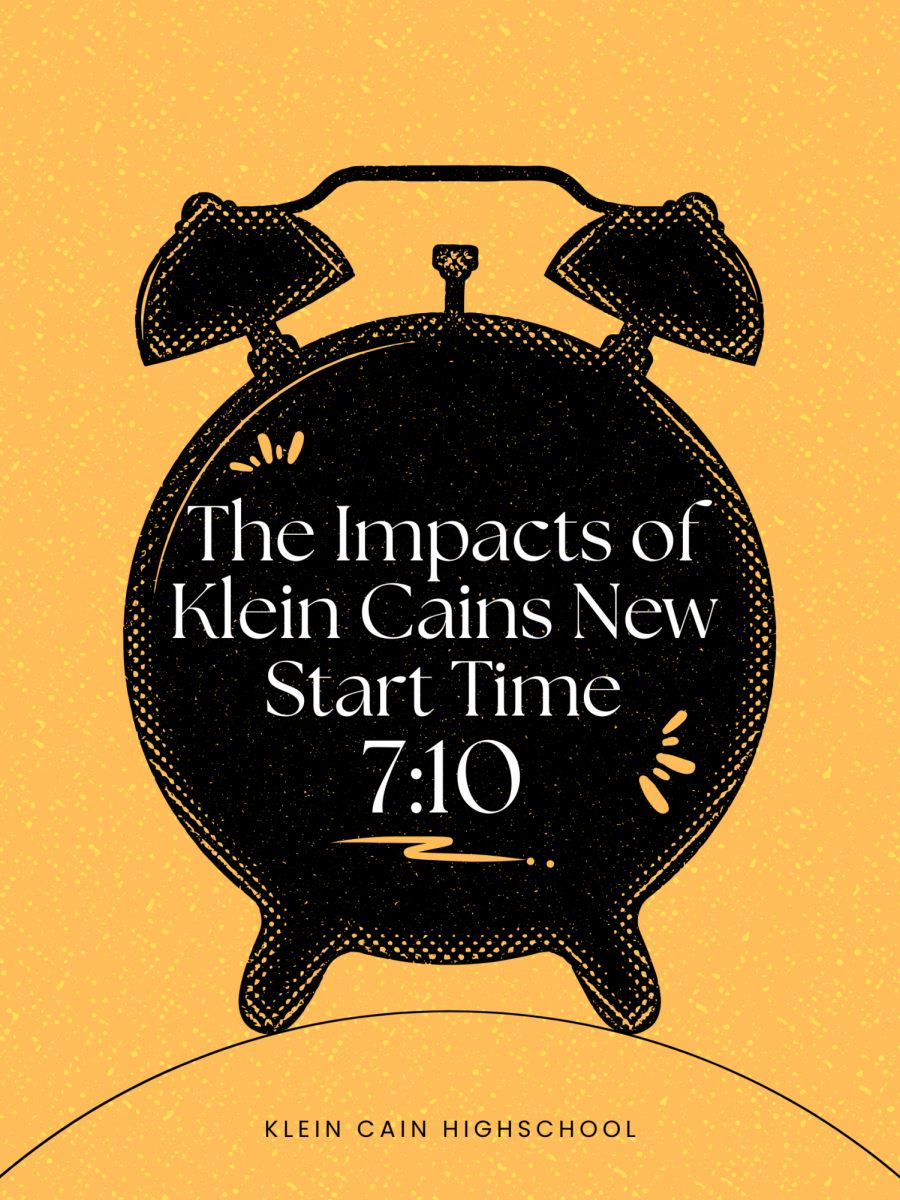
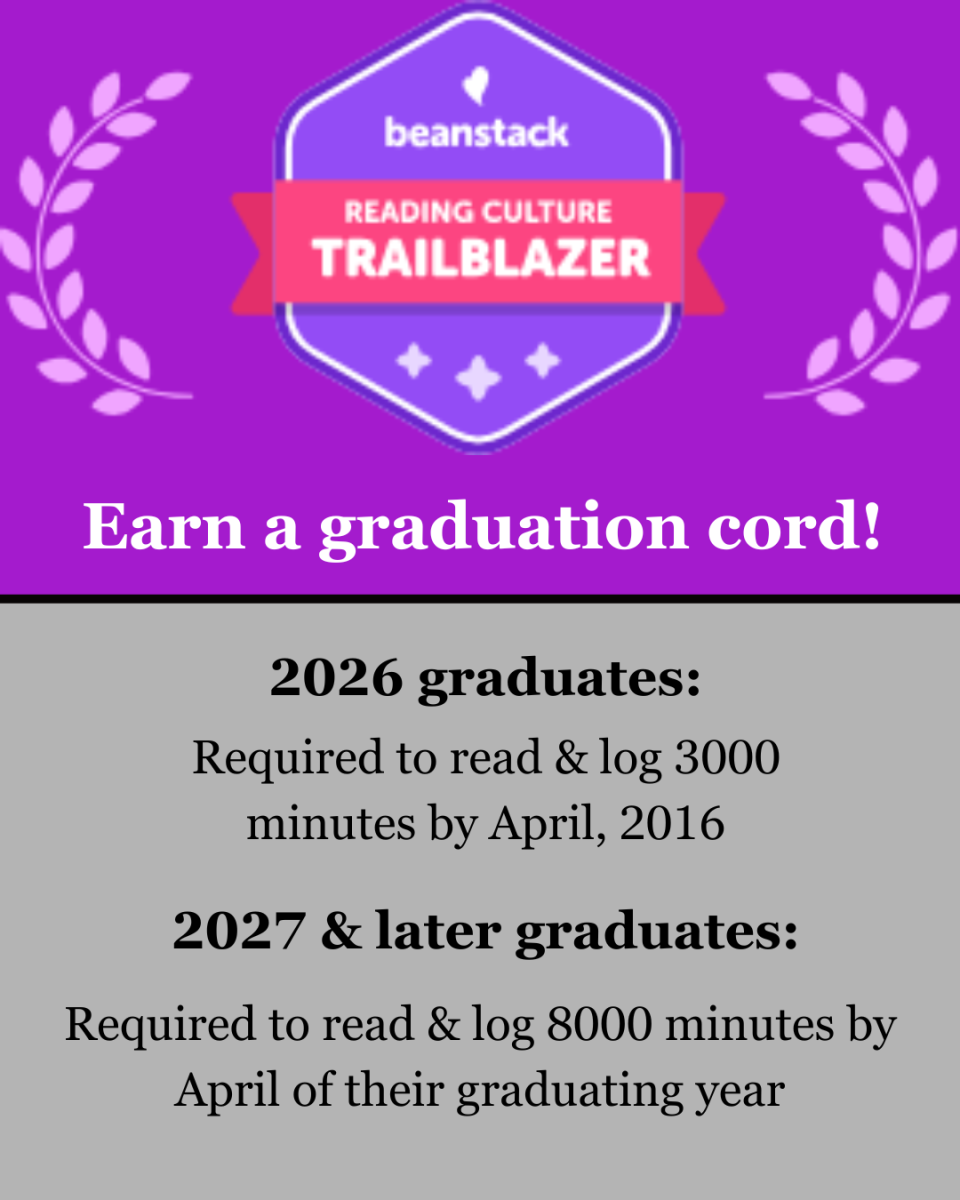

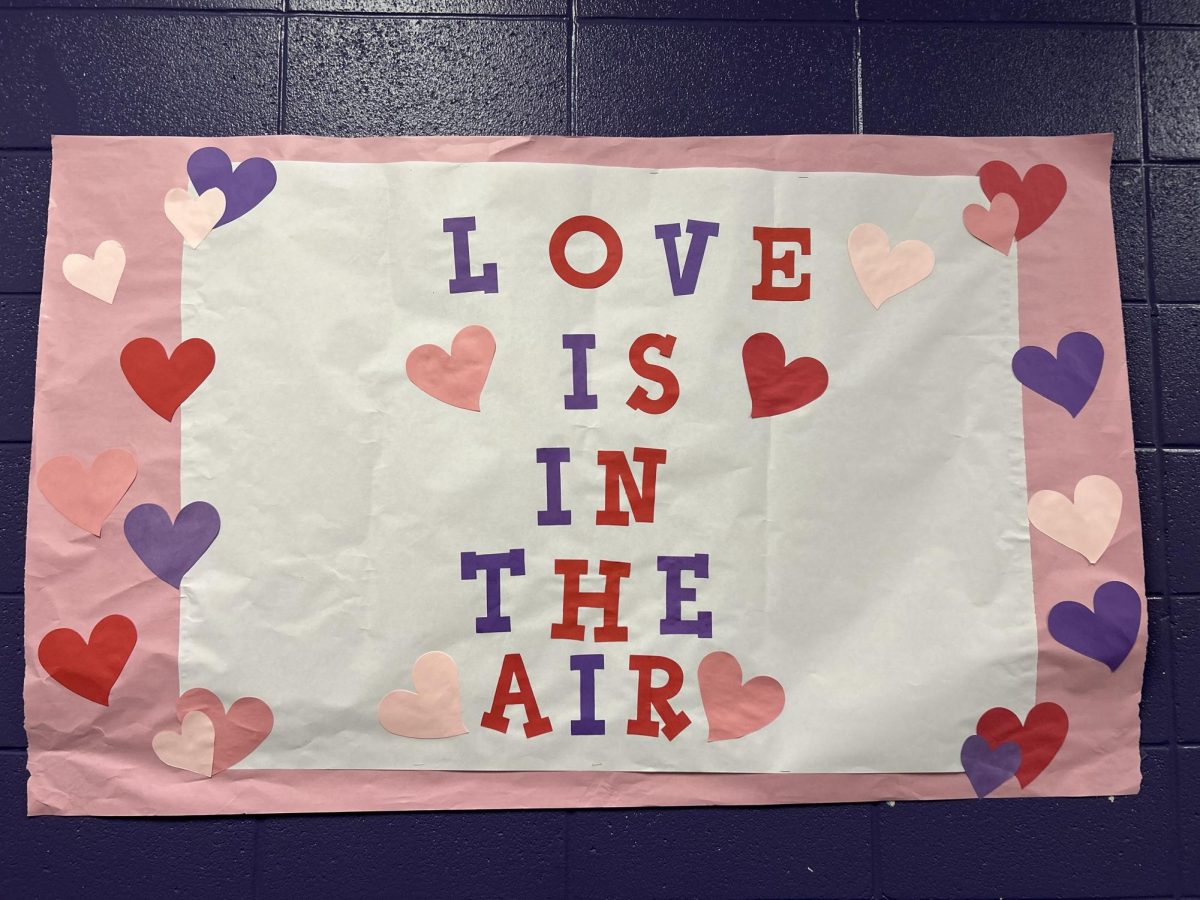
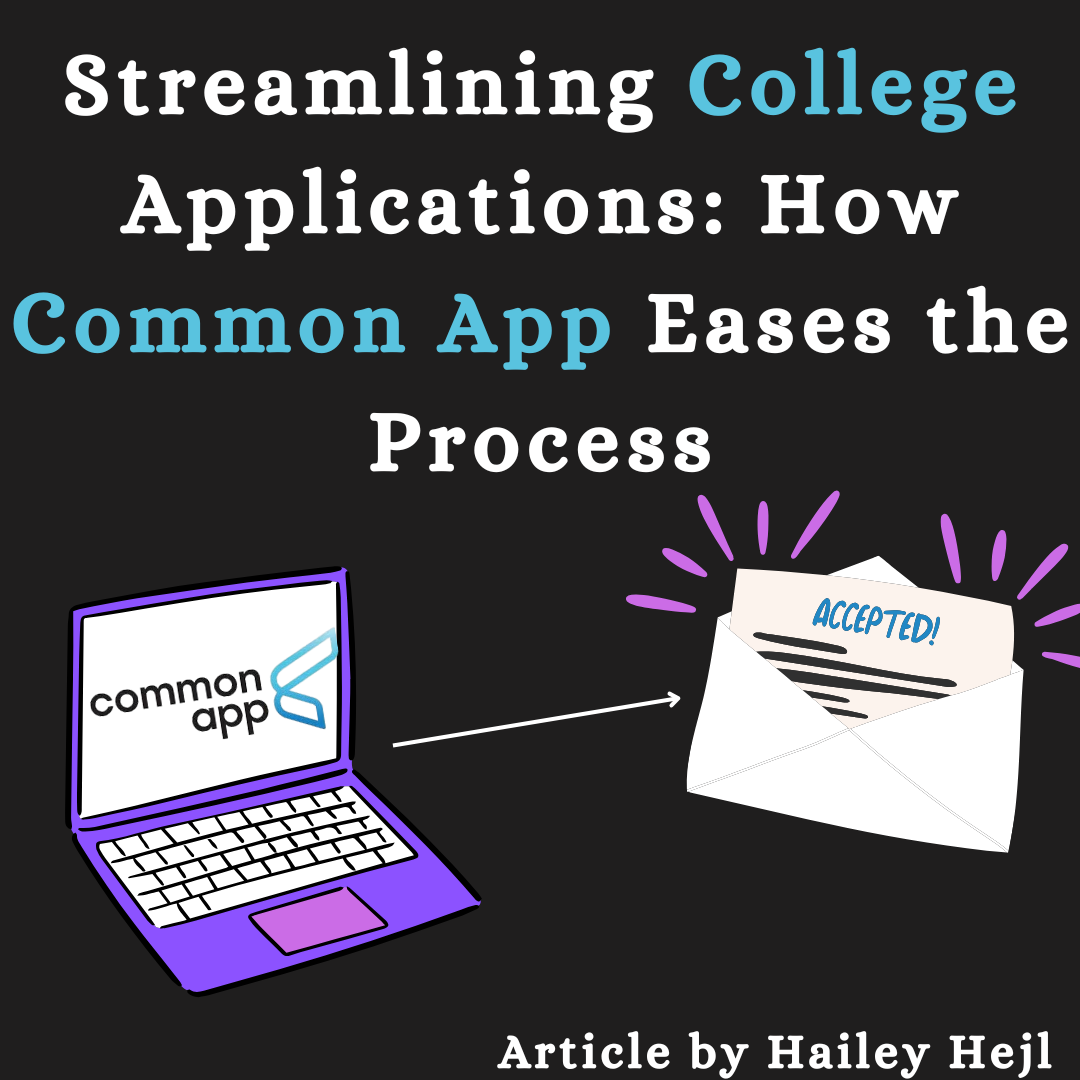
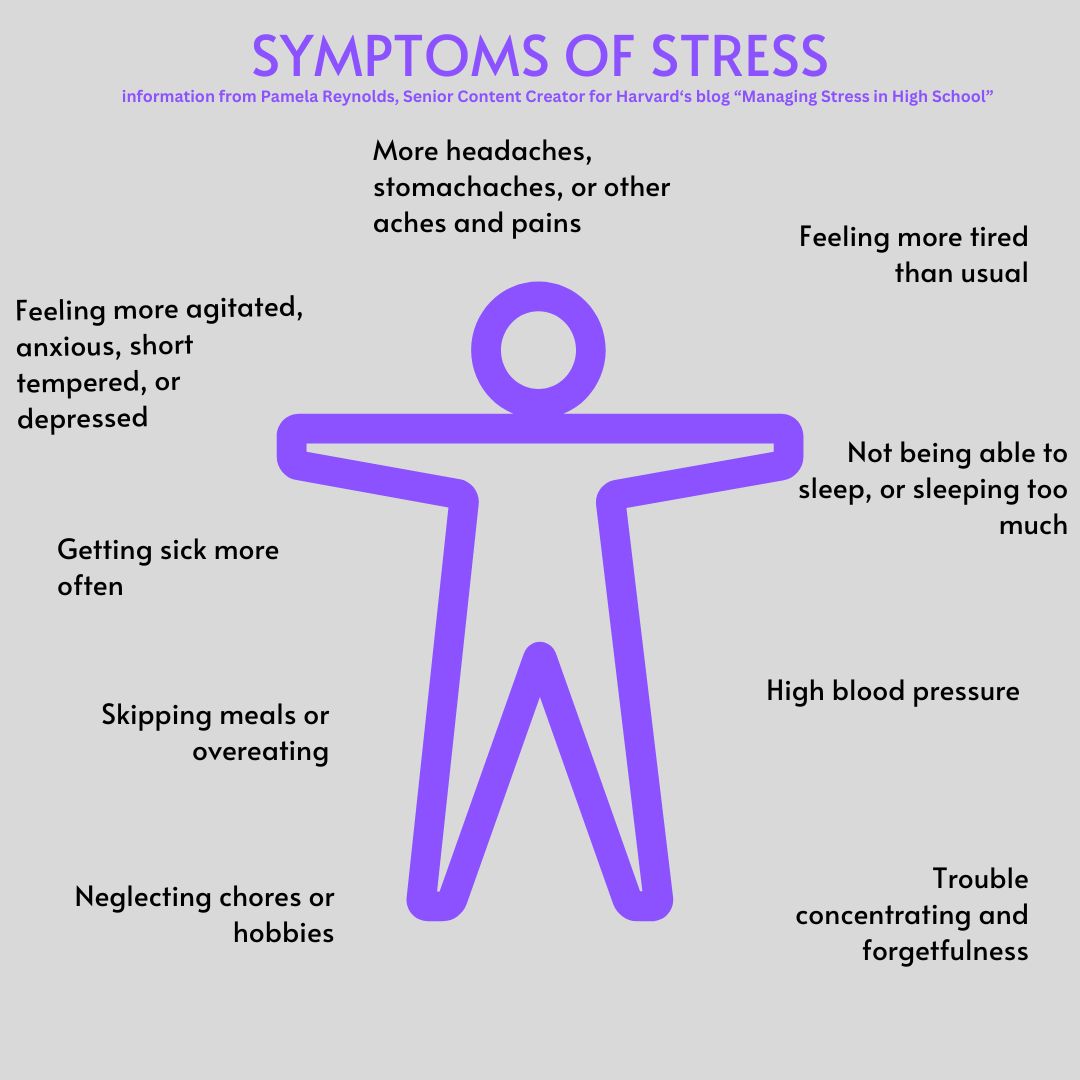
Tim Peterson • Oct 3, 2025 at 8:31 PM
Excellent article and sad commentary on the rise in school shooting we are seeing in our country. I pray these senseless acts of violence will stop as our children need safe places to live and learn.